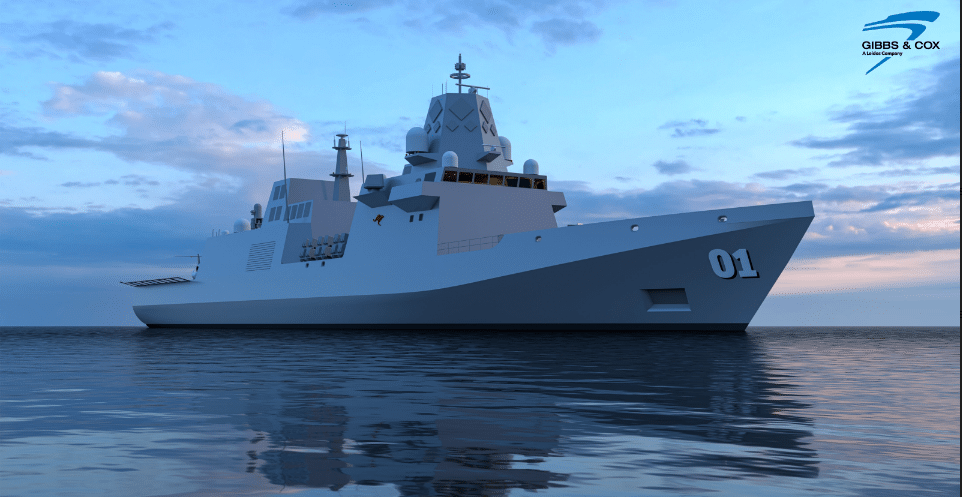The more I follow this discussion the more I am convinced that speed has to be the goal - we need, effectively, an interim frigate to enter service in the early 2030s alongside the first of the Hunters to replace the Anzacs sooner; stabilising the size of our surface force before we can begin to build it up.
This is where a "tier 2" ship makes sense. It doesn't need to be perfect, it needs to meet our needs, yes, but it mostly needs to be available and soon because we've made a mess of our naval acquisitions.
If an 'interim frigate' of some sort were to be brought into RAN service literally and figuratively alongside the
Hunter-class frigates so that the current
ANZAC-class frigates can be decommissioned sooner, that would most likely trigger a number of issues which would require significant planning to attempt to manage, as well as likely causing a host of issues with sustaining a continuous naval shipbuilding programme. As I see it, there would be at least three or four major problems with getting two classes of frigates (or destroyers, corvettes, even cruisers for that matter...).
The first issue would be where would the crew for the vessels come from? There are currently crews for the eight FFH's currently in commission, which could likely sustain ~eight other similar types of warship, more or less, depending on the crew reqs for the replacing vessels. This might work out to four
Hunter-class frigates and four of the proposed 'interim' frigates, and by then all the RAN
ANZAC-class frigates should be no longer in service. IF the planned drumbeat is maintained for the SEA 5000 build then by ~2035, if two classes could be brought into RAN service at the same time, then the RAN would no longer have personnel to crew new/additional vessels if the eight FFH's are out by 2035. If the RAN were successful in recruiting, training and retaining new & existing personnel, then 2035-ish might start to see the number of personnel grow to where the RAN might be able to think about expanding the size of the fleet, but by rushing replacements into service, they would likely enter service before the RAN would have sufficient numbers of crew to expand the size of the fleet.
Relating to this, and part of the 2nd issue, is the current SEA 5000 programme is to be a build of nine vessels with construction running until ~2044. The fifth
Hunter-class frigate would likely be finished in ~2036, but the vessel would need a crew because there would be an already in-service 'interim' frigate that got the ex FFH crew. This would leave the RAN with the rather unpalatable choice of leaving new FFG's un-crewed, or transfer the crew over from an 'interim' frigate that would likely have been in RAN service for four years or less.
There would be a cascade of decisions which would need to be made. Either keep the 'interim' frigate class in service and scale back the
Hunter-class frigate production and effectively torpedo the naval shipbuilding plan, bring the FFG's into service and retire or place in extended readiness the 'interim' frigates which would be at most only a few years old and wait until the pool of RAN personnel can be grown sufficiently to increase the number of vessels which could be crewed, or some other vessel crewing scheme.
There is also the reality that getting another class of MFU brought into service at about the same time would cost quite a bit of coin and would likely require another yard/facility established for the production of proper warships in Australia. Whilst not an immediate issue, doing so would then cause problems with sustaining naval shipbuilding since it would be likely that Australia could get a nearly a dozen new MFU's built in a significantly shorter period of time, well before the RAN could get enough personnel to actually operate extra vessels. This means Australia would either need to shrink the number of vessels ordered which would also compress the total build times required and therefore cause another shipbuilding 'Valley of Death' or else have Oz yards overbuild the number vessels to keep the yards ticking along whilst new vessels are launched and kept moored without crews.
Yes, over time the size of the RAN could potentially be grown, possibly even enough to support a ~24 MFU navy, but this would require significant planning, funding, effort and gov't will to accomplish, and of course time. A doubling of the number of RAN majors would likely require the number of personnel in RAN service to more than double. Nothing that I do not think could be accomplished, but it would probably be easier for the RAN to get the actual vessels than it would be to build up the numbers of personnel in service.

